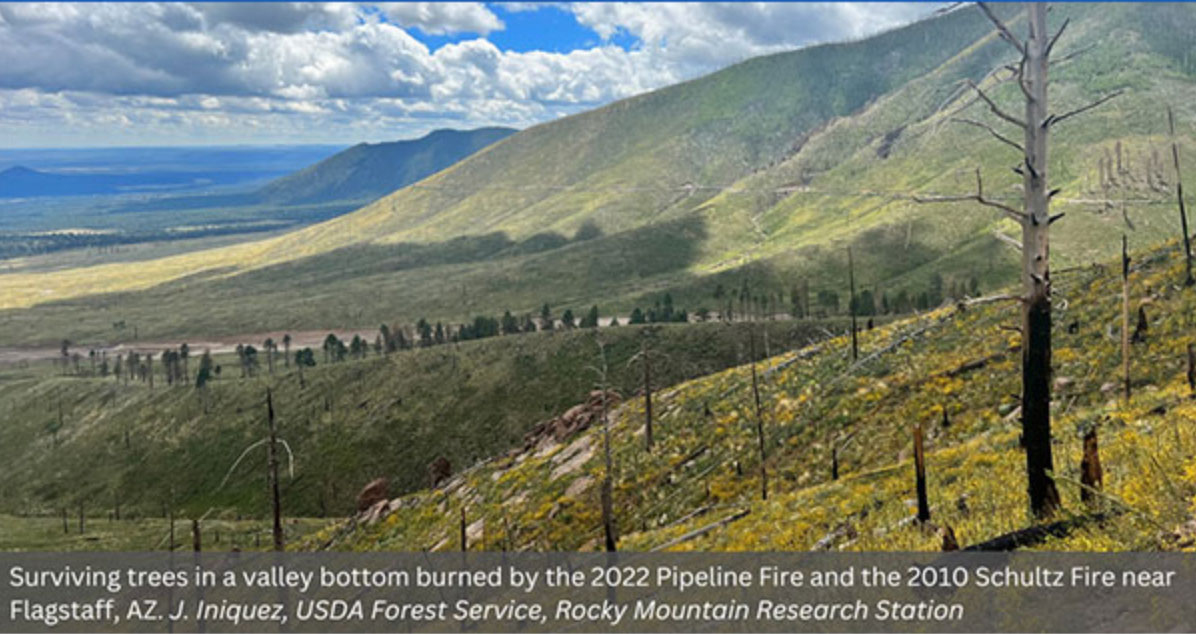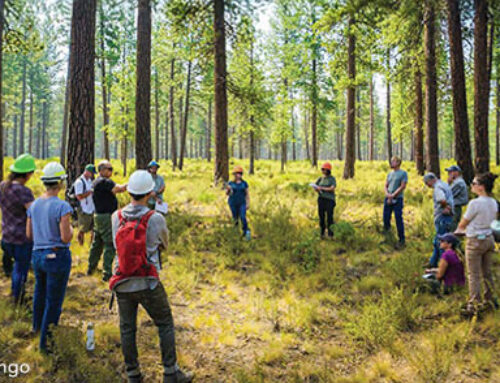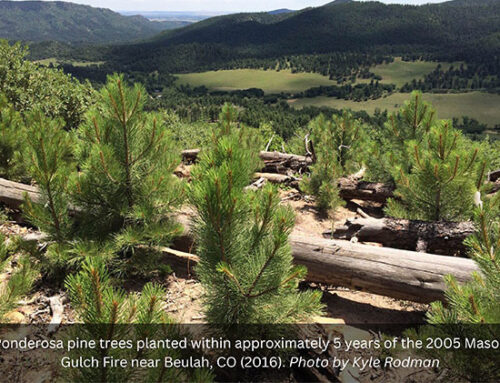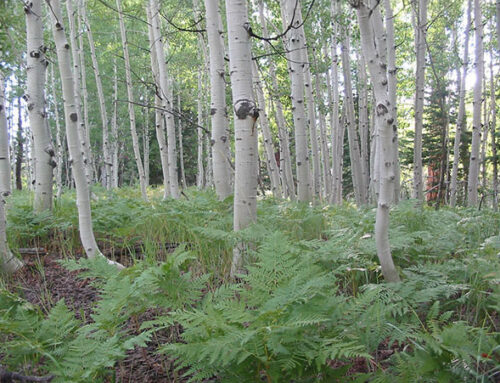Determining Forest Thinning Operation Costs in the Western US
Mechanical forest thinning treatments are implemented across the western US to improve forest health, reduce hazardous fuels, and mitigate unnaturally severe wildfire. However, thinning operations typically face significant economic challenges. The cost of forest thinning treatments can vary depending on slope gradients, number of small-diameter trees, silvicultural prescriptions, and harvesting methods and systems.
A new study by ERI researchers and our partners at the USDA Forest Service Rocky Mountain Research Station and Kangwon National University in South Korea sought to better understand these costs. The goal of this study was to provide information, data, and tools for forest managers to calculate and compare the productivity and cost of various harvesting methods and systems, which will allow them to quickly evaluate economic feasibility for a number of planning alternatives.
The study systematically selected and reviewed 20 thinning studies published over the last 40 years (1980-2020) and analyzed key variables affecting machine productivity and harvesting costs. Researchers then summarized operational “stump-to-truck,” i.e., felling, extraction, processing, and loading, costs of forest thinning activities across the western US.
The review found that the main factors determining the final cost of stump-to-truck thinning operations are the harvesting methods (whole-tree, cut-to-length, and tree-length) and the machinery used in the process. The average cost of was lowest for a mechanized whole-tree thinning operations. Feller-bunchers and skidders showed the highest productivity in felling and extraction machines, respectively. Researchers found that extraction costs accounted for the largest proportion of the stump-to-truck cost of forest thinning.
With thinning productivity and cost data from the selected studies, researchers also developed a spreadsheet-based model to estimate thinning costs for various harvesting systems. This research, along with the new thinning cost model, will help managers develop more efficient treatments and ultimately reduce thinning costs.
To learn more about the costs associated with each harvesting method and the new thinning cost model, read the Journal of Forestry article and its summary fact sheet.




